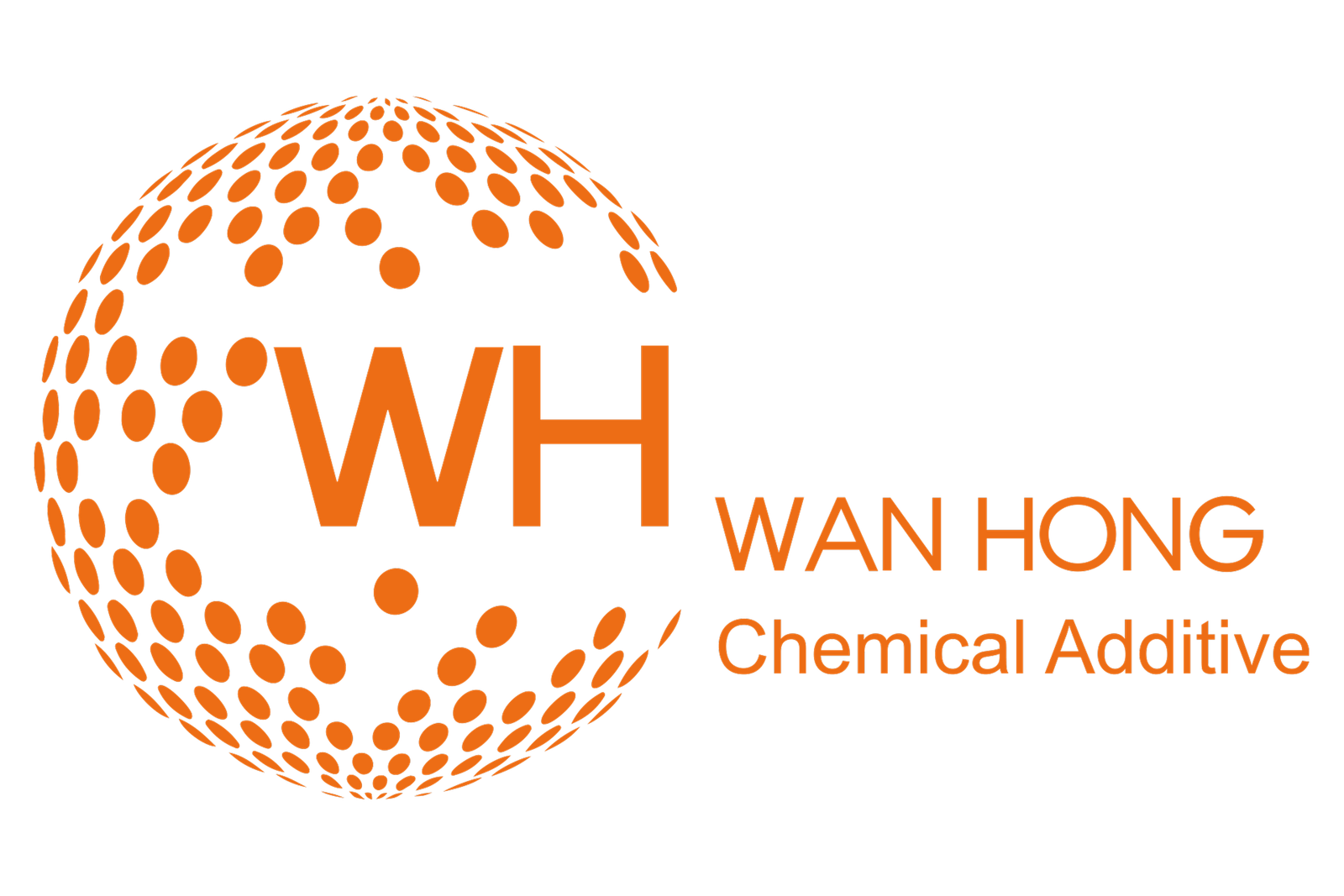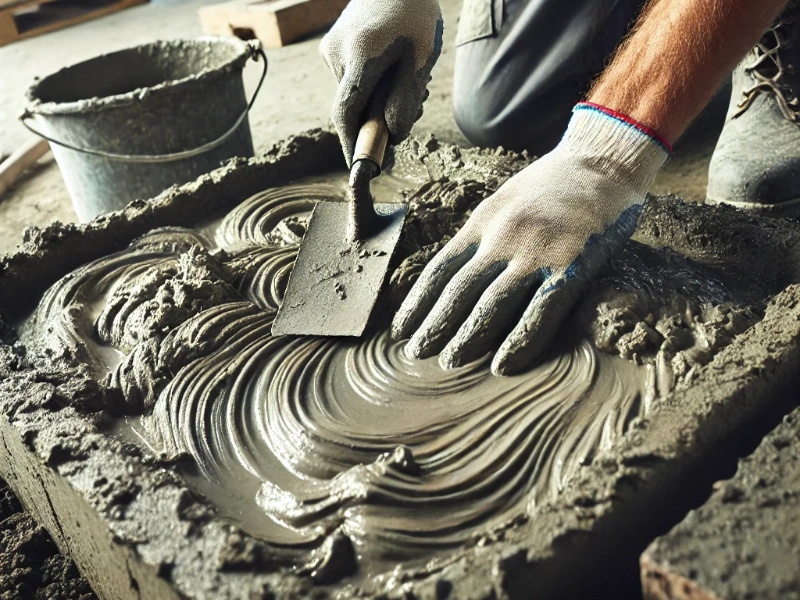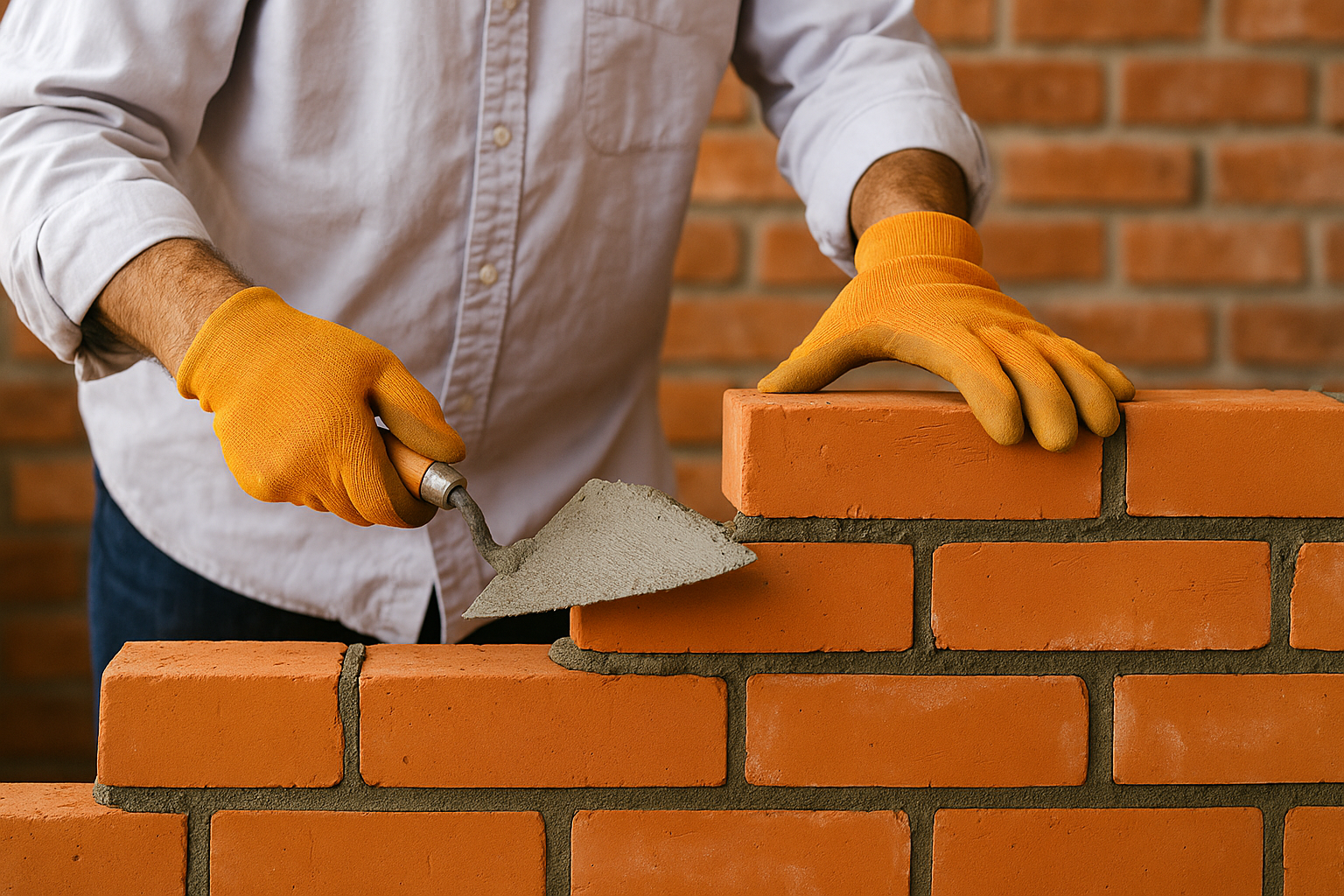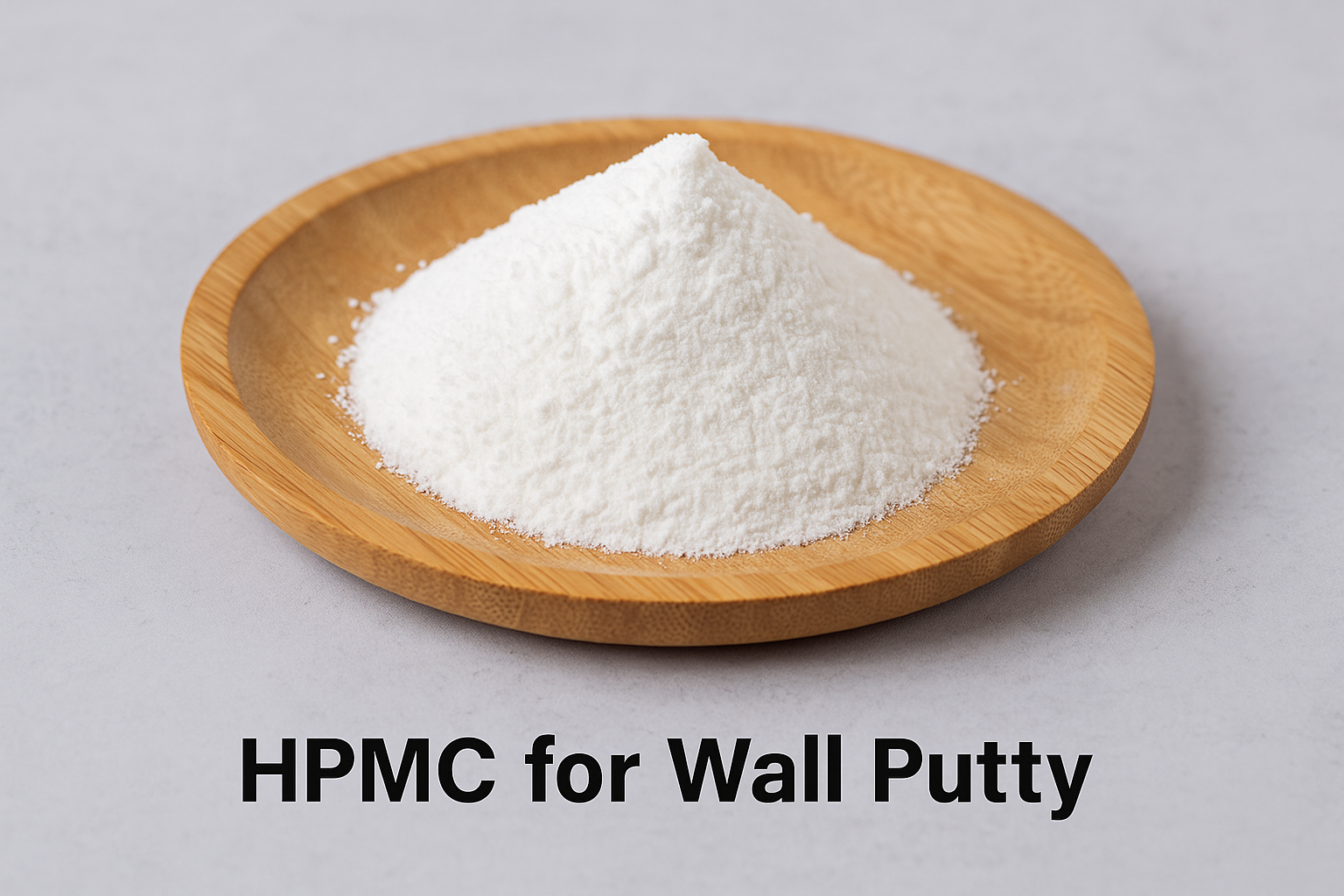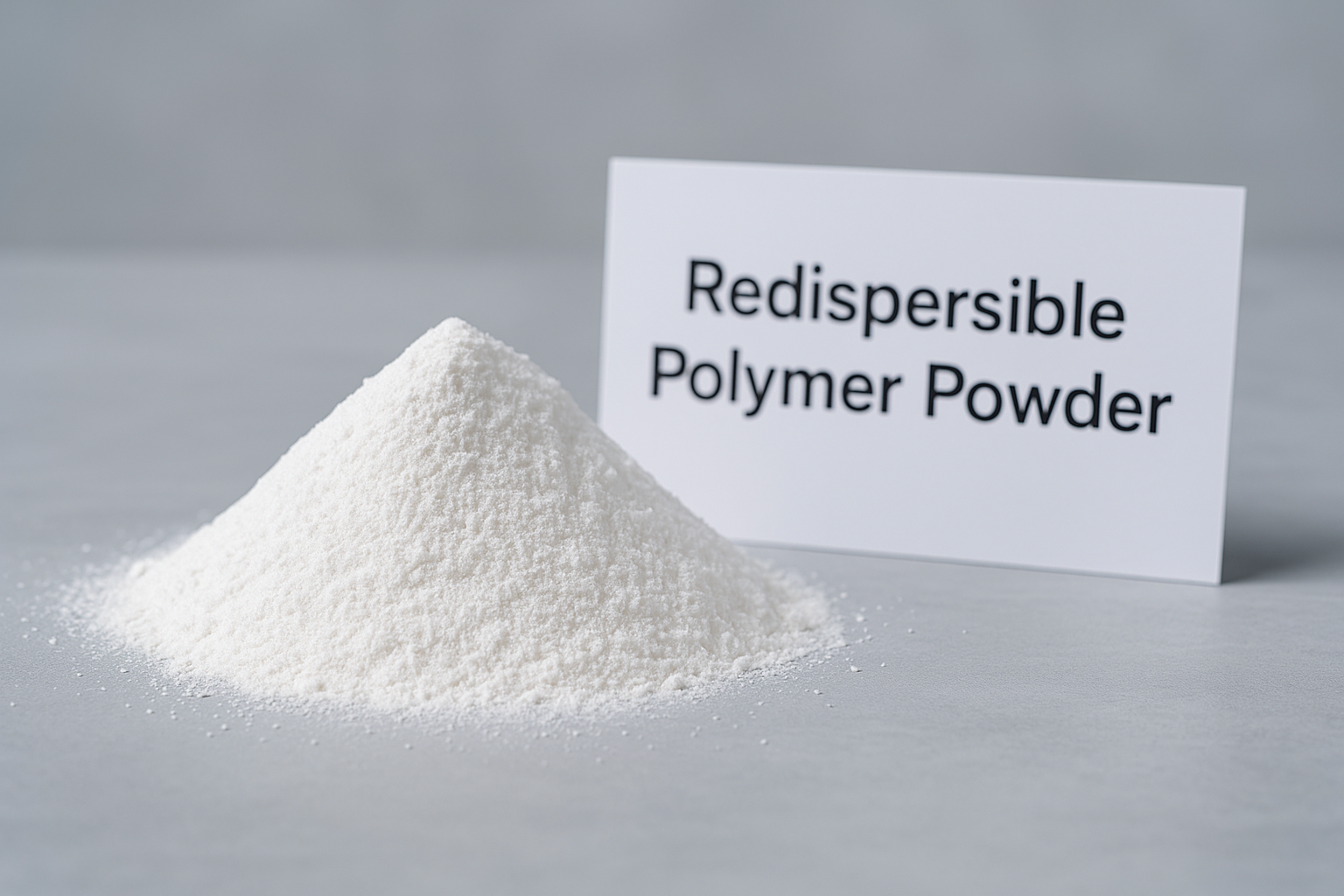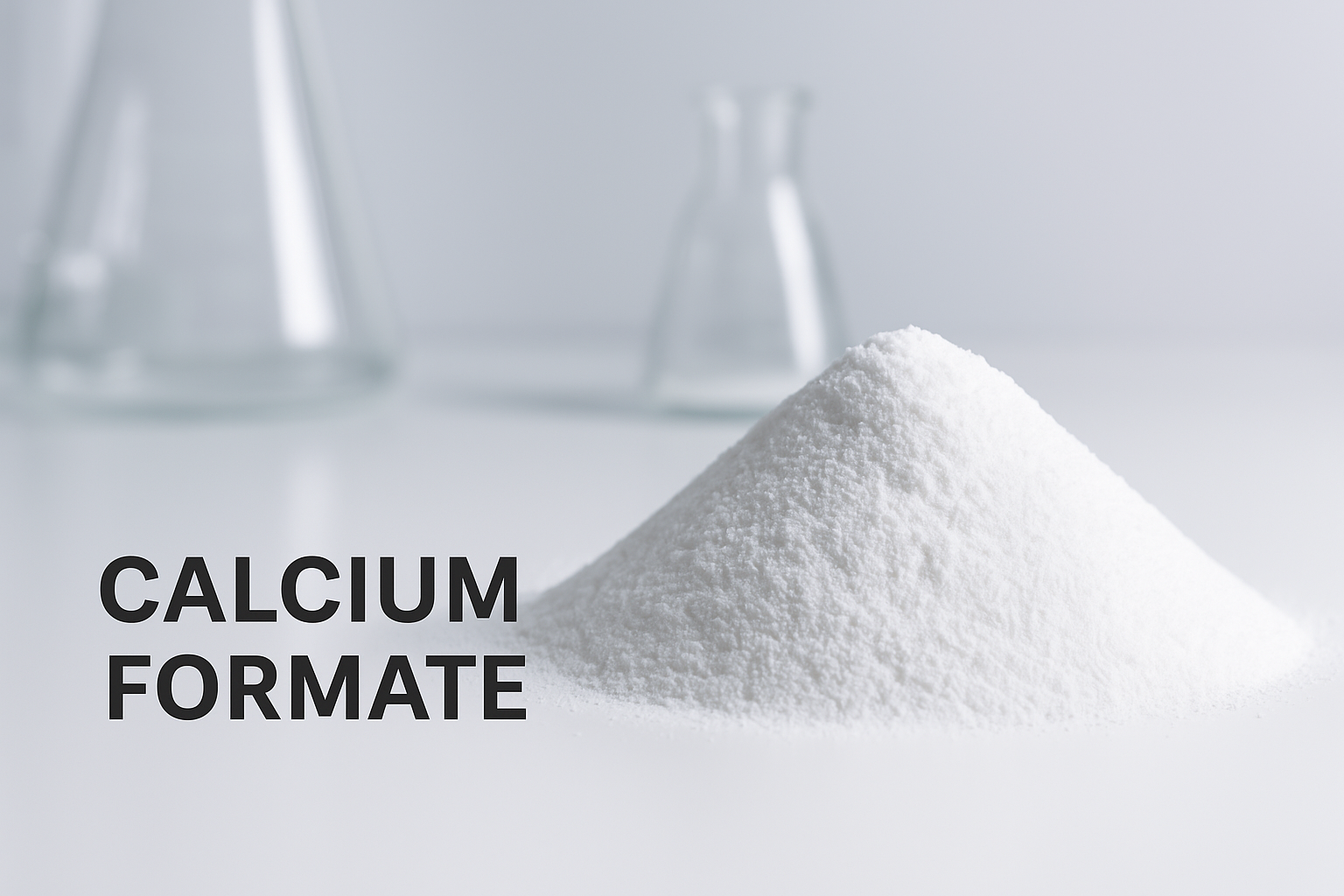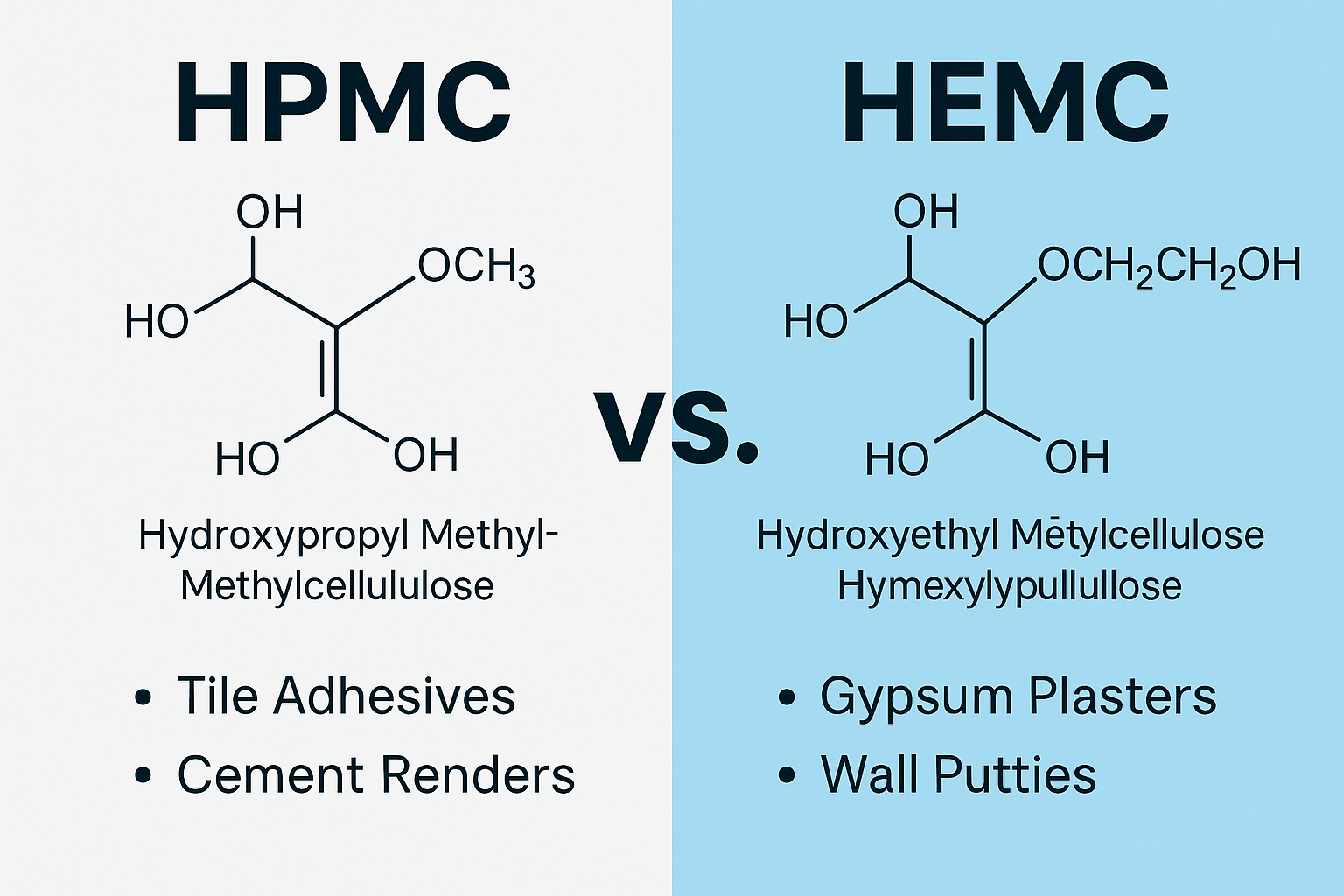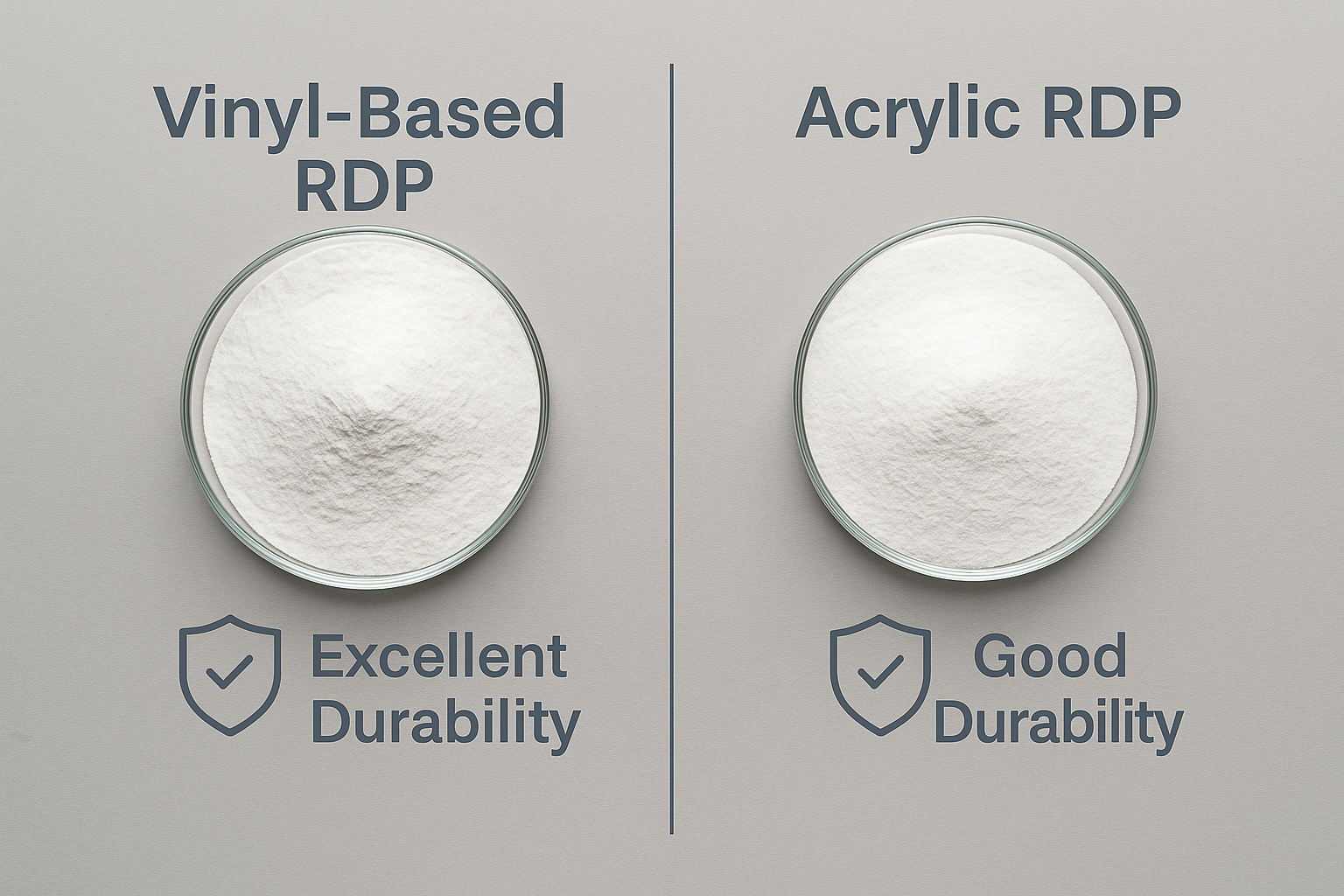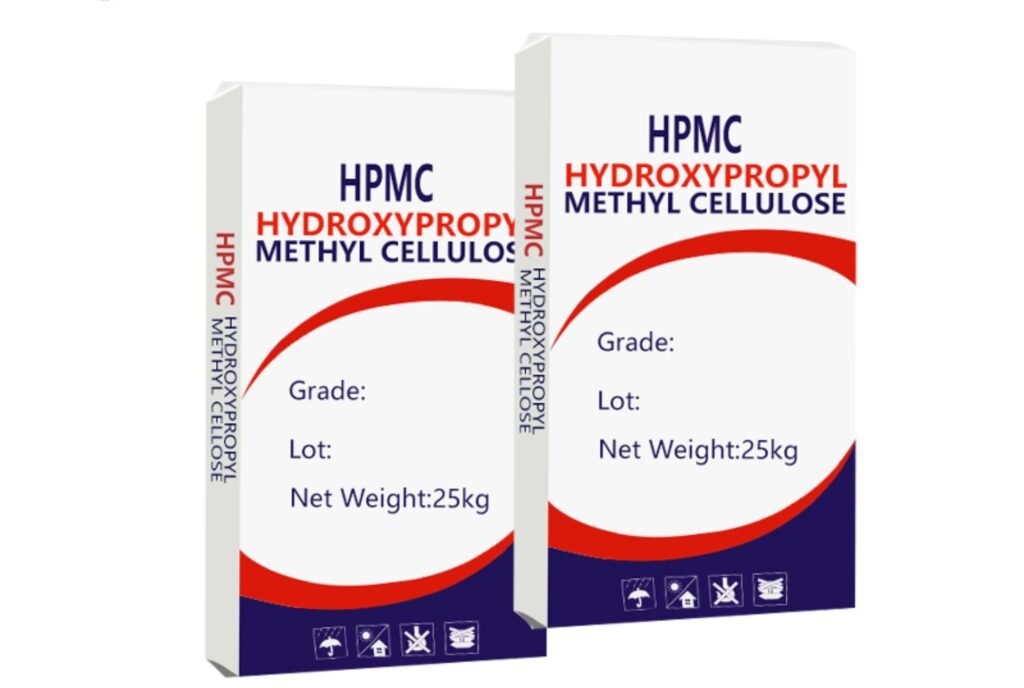Poor mortar adhesion leads to cracked walls, falling tiles, and costly repairs. Without proper bonding, your construction project risks failure, causing safety hazards and wasting valuable resources.
To improve mortar adhesion, add cellulose ethers like HPMC, use polymer powders like RDP, ensure proper surface preparation, and maintain the right water-cement ratio. These methods enhance bonding by creating stronger mechanical and chemical connections between mortar and substrate.
I've seen countless construction projects fail because of poor mortar adhesion. The good news is that simple changes to your mortar mix and application techniques can make a big difference. Let's look at why mortar matters and how to make it stick better.
What Makes Mortar So Important in Construction?
The strength of a building depends on how well its parts stick together. Without good mortar, even the most expensive materials will fail, leaving you with dangerous structures and angry customers.
Mortar1 serves as the crucial binding agent that holds construction elements together, distributes loads evenly across structures, and fills gaps between building units. It creates a waterproof barrier and helps maintain structural integrity throughout a building's lifetime.
Mortar is truly the unsung hero of construction. I remember visiting a historic building restoration project where they were analyzing mortar samples from a 300-year-old structure. The engineer explained that the building had survived for centuries largely because of the quality of the original mortar mix.
Modern construction has even higher demands for mortar performance. Today's buildings must withstand environmental stresses while meeting strict safety codes. The mortar must be strong yet flexible enough to accommodate slight movements in the structure.
The composition of mortar varies depending on its application. Traditional mortar contains cement, sand, and water, but modern formulations often include specialized additives to enhance performance. For load-bearing walls, structural integrity depends entirely on mortar quality. For tiles and facades, adhesion prevents dangerous falling hazards.
Types of Mortar by Application
| Mortar Type | Main Use | Key Requirements |
|---|---|---|
| Masonry Mortar | Brick/block laying | Compressive strength, workability |
| Rendering Mortar | Wall finishing | Adhesion, water resistance |
| Tile Adhesive Mortar | Tile installation | High adhesion, anti-slip |
| Repair Mortar | Structural repairs | Fast setting, high strength |
Why Is Strong Mortar Adhesion So Significant?
I've seen buildings fall apart simply because the mortar failed to stick properly. This wasteful problem happens daily on construction sites worldwide, costing millions in repairs and rebuilds.
Strong mortar adhesion prevents material separation, ensures waterproofing integrity, and maintains structural stability. Good adhesion extends building lifespan, reduces maintenance costs, and prevents safety hazards like falling tiles or crumbling walls that could injure people.
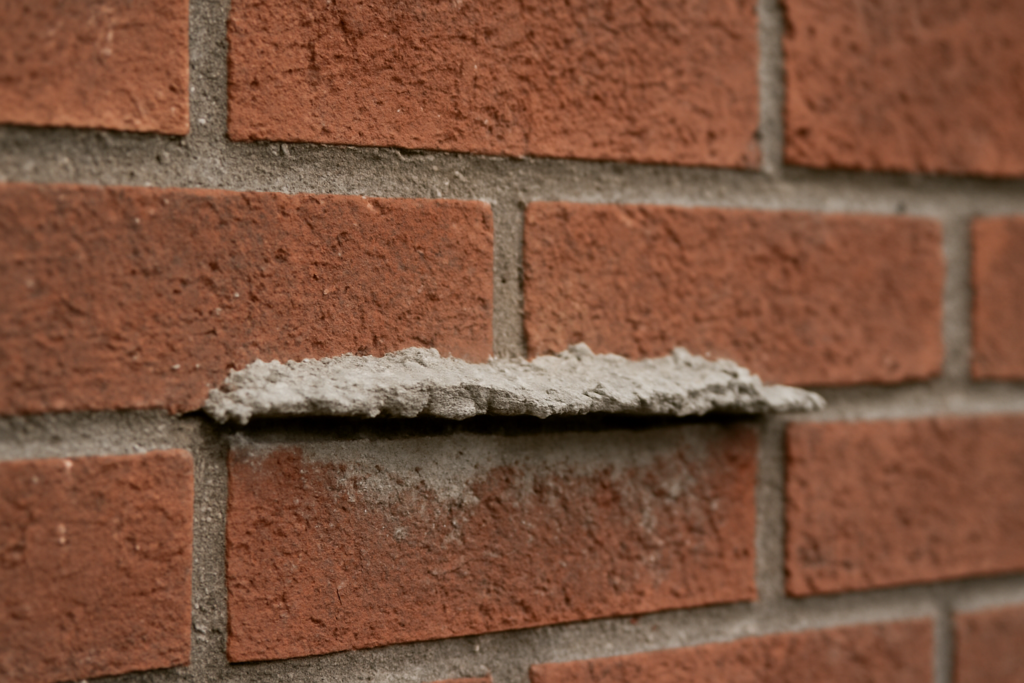
Adhesion failure is a complex problem that can occur for multiple reasons. In my 15 years of working with construction materials, I've analyzed hundreds of adhesion failures. The bond between mortar and substrate involves both mechanical and chemical processes working together.
Mechanical bonding happens when mortar penetrates the tiny pores and irregularities on a surface, creating a physical lock once hardened. Chemical bonding involves molecular interactions between the mortar components and the substrate material. Both types must be strong for lasting adhesion.
Poor adhesion often manifests gradually. You might notice hairline cracks forming at the interface between mortar and substrate. As these problems develop, moisture can penetrate, causing further deterioration through freeze-thaw cycles or corrosion of embedded reinforcement.
The economic impact of adhesion failure is substantial. When a large tile wall fails in a commercial building, the repair costs often exceed the original installation expense by 3-5 times. I've consulted on projects where entire facades needed replacement just a few years after construction due to adhesion failures that could have been prevented with proper materials and techniques.
Factors Affecting Mortar Adhesion
| Factor | Impact | How to Address |
|---|---|---|
| Surface Cleanliness | Critical | Thorough cleaning before application |
| Substrate Porosity | High | Proper priming or wetting |
| Mortar Composition | High | Use appropriate additives |
| Environmental Conditions | Medium | Control temperature and humidity |
| Application Technique | Medium | Proper pressure and coverage |
What Are 4 Ways to Improve Mortar Adhesion?
Many contractors use outdated mortar mixing methods. Without improvements, they're risking project failure, wasting money, and putting safety at risk.
To improve mortar adhesion: 1) Properly prepare surfaces by removing dust and dampening; 2) Add cellulose ethers[^] like HPMC to improve water retention; 3) Incorporate polymer powders like RDP for flexibility; and 4) Maintain optimal water-cement ratios for proper hydration.
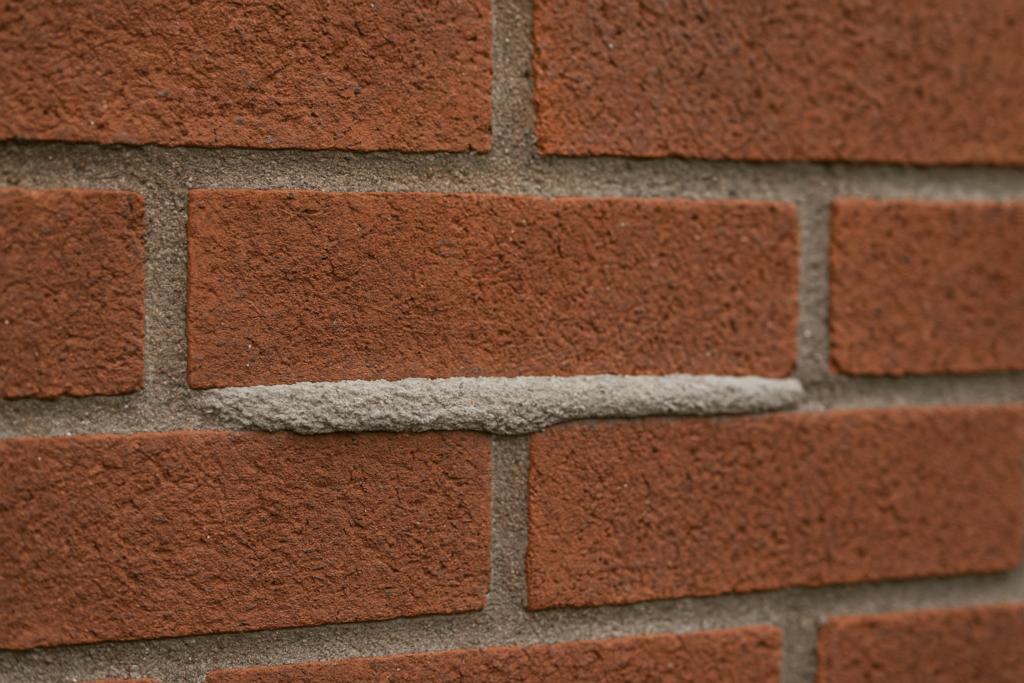
Surface preparation is often the most overlooked yet critical factor in achieving good adhesion. I once visited a job site where workers were applying new mortar directly over painted concrete without any preparation. I had to stop the work immediately and explain why this approach would fail.
Proper preparation includes mechanical cleaning to remove loose materials, oils, and previous finishes. For smooth surfaces, creating roughness through mechanical means helps increase the contact area and provides more points for mechanical bonding. For highly absorbent surfaces like old brick or concrete, pre-wetting prevents the substrate from drawing water out of the mortar too quickly.
The water-cement ratio deserves special attention because it affects both workability and final strength. Too much water leads to excessive shrinkage and reduced strength, while too little prevents proper cement hydration. I typically recommend using measuring tools rather than eyeballing quantities to maintain consistent ratios between 0.4 and 0.6 depending on application.
Curing conditions also significantly impact adhesion quality. Proper moisture retention during the curing process allows cement particles to fully hydrate and develop stronger bonds. This is especially important in hot or windy conditions where rapid water evaporation can compromise adhesion development.
Surface Preparation Techniques for Different Substrates
| Substrate | Preparation Method | Special Considerations |
|---|---|---|
| Concrete | Pressure washing, acid etching | Check for curing compounds |
| Brick | Wire brushing, dampening | Test absorption rate |
| Metal | Degreasing, roughening | Apply anti-corrosion primer |
| Existing Tile | Scarification, degreasing | Remove all loose material |
| Wood | Mesh mounting, priming | Account for movement |
How Do Additives Enhance Mortar Adhesion?
Many contractors use outdated mortar mixing methods. Without improvements, they're risking project failure, wasting money, and putting safety at risk.
To improve mortar adhesion: 1) Properly prepare surfaces by removing dust and dampening; 2) Add cellulose ethers2 like HPMC to improve water retention; 3) Incorporate polymer powders like RDP for flexibility; and 4) Maintain optimal water-cement ratios for proper hydration.
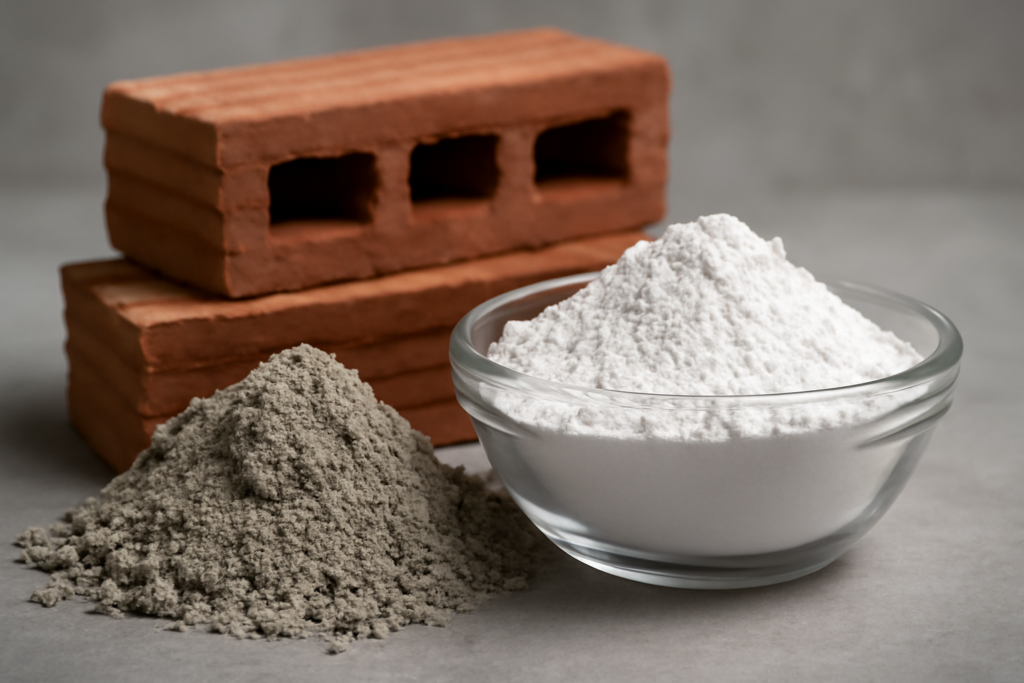
I've conducted numerous comparison tests between standard mortars and those enhanced with modern additives. The difference in performance is remarkable. In one laboratory test, we found that mortar containing 0.3% HPMC and 3% RDP showed more than double the adhesion strength compared to the standard mix.
Hydroxypropyl methylcellulose (HPMC)3 transforms mortar's behavior by creating a water-retaining gel structure within the mix. This slows water migration, giving cement particles more time to hydrate properly, especially when applied to absorbent surfaces. Additionally, HPMC improves workability, allowing for better contact between mortar and substrate during application.
Redispersible polymer powder (RDP)4 creates a secondary binding network within the mortar. As the cement cures, the polymer particles connect to form flexible bridges between the hardened cement and the substrate. This dual binding system—cement crystallization plus polymer film formation—significantly enhances adhesion strength and durability.
Other beneficial additives include air-entraining agents that improve freeze-thaw resistance, accelerators for cold weather applications, and fibers for crack reduction. The key is selecting the right combination and dosage for your specific application conditions.
Effects of Different Additives on Mortar Properties
| Additive | Dosage Range | Primary Benefits | Secondary Benefits |
|---|---|---|---|
| HPMC | 0.1-0.5% | Water retention, workability | Extended open time, sag resistance |
| RDP | 1-5% | Adhesion strength, flexibility | Water resistance, durability |
| Silica Fume | 5-10% | Density, compressive strength | Reduced permeability |
| Fibers | 0.1-1% | Crack resistance | Impact resistance |
| Air Entrainers | 0.01-0.1% | Freeze-thaw durability | Workability improvement |
Why Choose Us as Your Trusted Mortar Adhesive Additives Supplier?
Finding reliable mortar additive suppliers with consistent quality and technical support can be challenging. Many manufacturers face production delays and adhesion failures because of inconsistent raw materials.
As a specialized manufacturer with six production lines, we provide premium hydroxypropyl methylcellulose (HPMC) and redispersible polymer powder (RDP) with consistent quality. Our products come with technical support, customizable packaging, and on-time shipping to construction material factories worldwide.
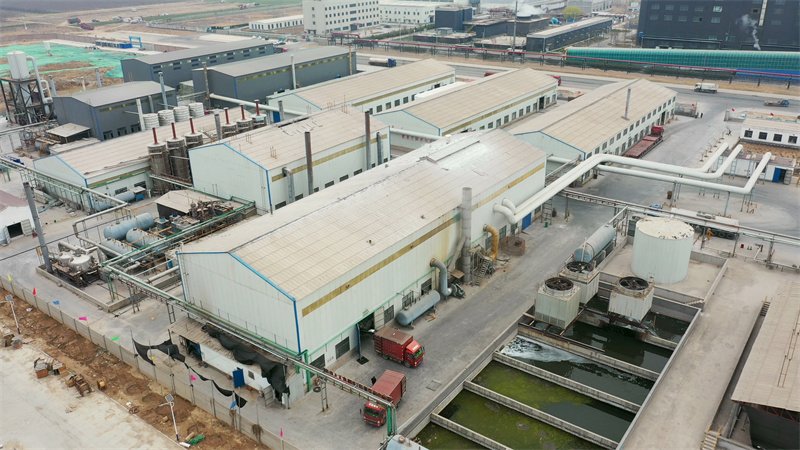
My experience leading our quality control department has given me unique insights into what makes a superior construction additive. We don't just manufacture products; we engineer solutions for specific construction challenges. Our research team constantly tests our additives in various environmental conditions to ensure they perform consistently across different applications.
We understand that our customers—mortar manufacturers and large construction companies—need more than just products; they need reliability and expertise. That's why we maintain strict quality control protocols throughout our manufacturing process. Every batch undergoes thorough testing for viscosity, particle size distribution, and performance characteristics before shipping.
Our technical support extends beyond the sale. We've helped customers in Saudi Arabia reformulate their tile adhesives to withstand extreme desert temperatures, and assisted Indian manufacturers in developing cost-effective mortars that maintain high performance despite challenging monsoon conditions. When you work with us, you gain a partner who understands your specific challenges.
Our logistics network ensures timely delivery across six continents. We understand the seasonal nature of construction and plan production accordingly to avoid delays during peak seasons. We also offer flexible payment terms designed specifically for international business relationships, making procurement easier for our global customers.
Our Quality Control Process
| Testing Phase | Parameters Checked | Quality Assurance Method |
|---|---|---|
| Raw Materials | Purity, Consistency | Laboratory analysis, Supplier certification |
| Production | Viscosity, Substitution degree | In-process monitoring, Statistical control |
| Finished Product | Performance testing | Adhesion testing, Water retention measurement |
| Batch Verification | Consistency between batches | Comparative testing, Certificate of Analysis |
| Field Performance | Real-world application results | Customer feedback, Site visits |
Conclusion
Improving mortar adhesion requires proper surface preparation, optimal water-cement ratios, and quality additives like HPMC and RDP. Choose a reliable supplier with technical expertise to ensure your construction projects achieve lasting strength and durability.
-
Understanding the role of mortar is essential for anyone in construction, as it ensures structural integrity and safety.
Many contractors use outdated mortar mixing methods. Without improvements, they're risking project failure, wasting money, and putting safety at risk. ↩ -
Learn about cellulose ethers and their role in enhancing mortar performance, which can lead to better project outcomes and cost savings. ↩
-
Explore the advantages of HPMC in construction to understand how it enhances mortar performance and workability. ↩
-
Learn how RDP contributes to stronger adhesion in mortars, making it essential for durable construction applications. ↩
